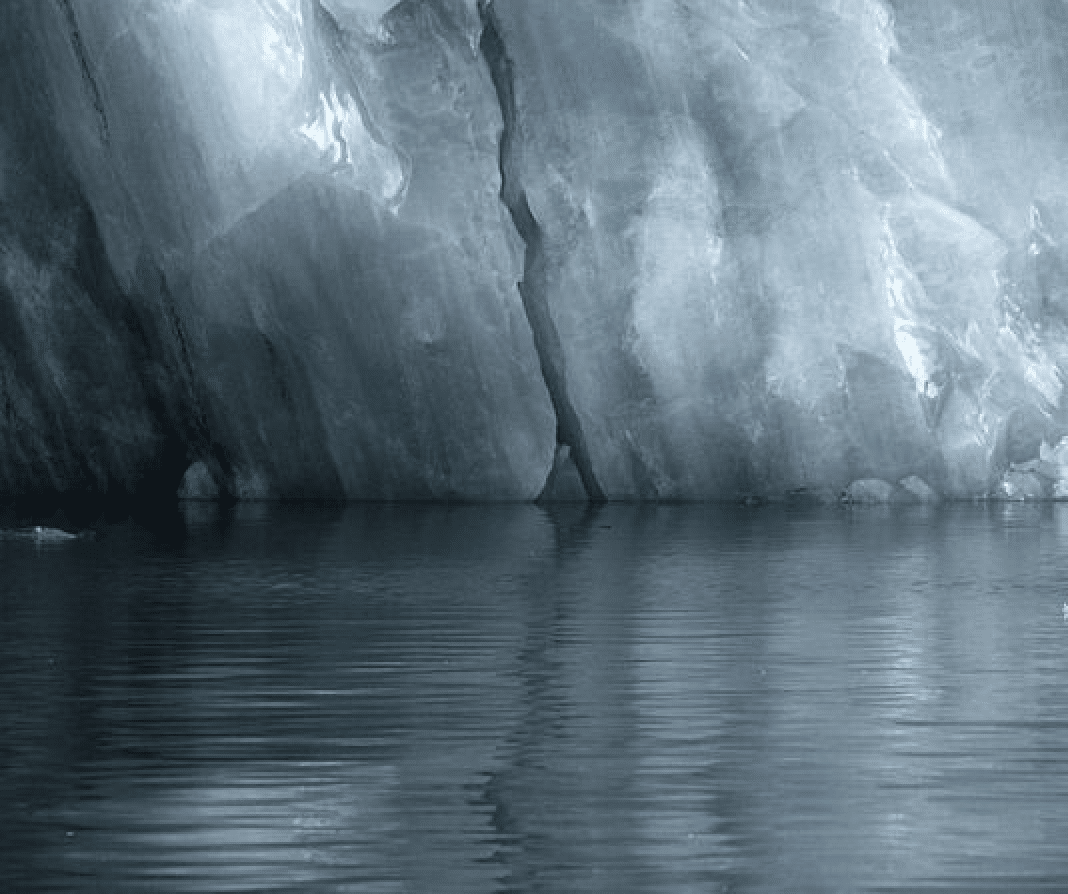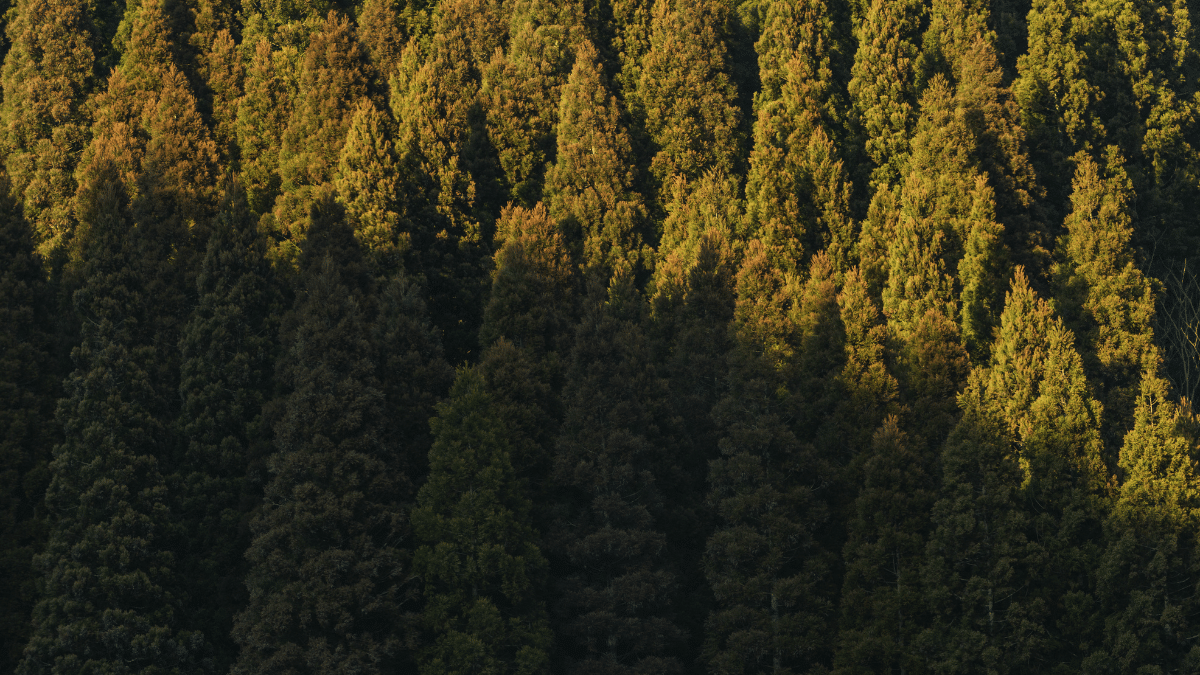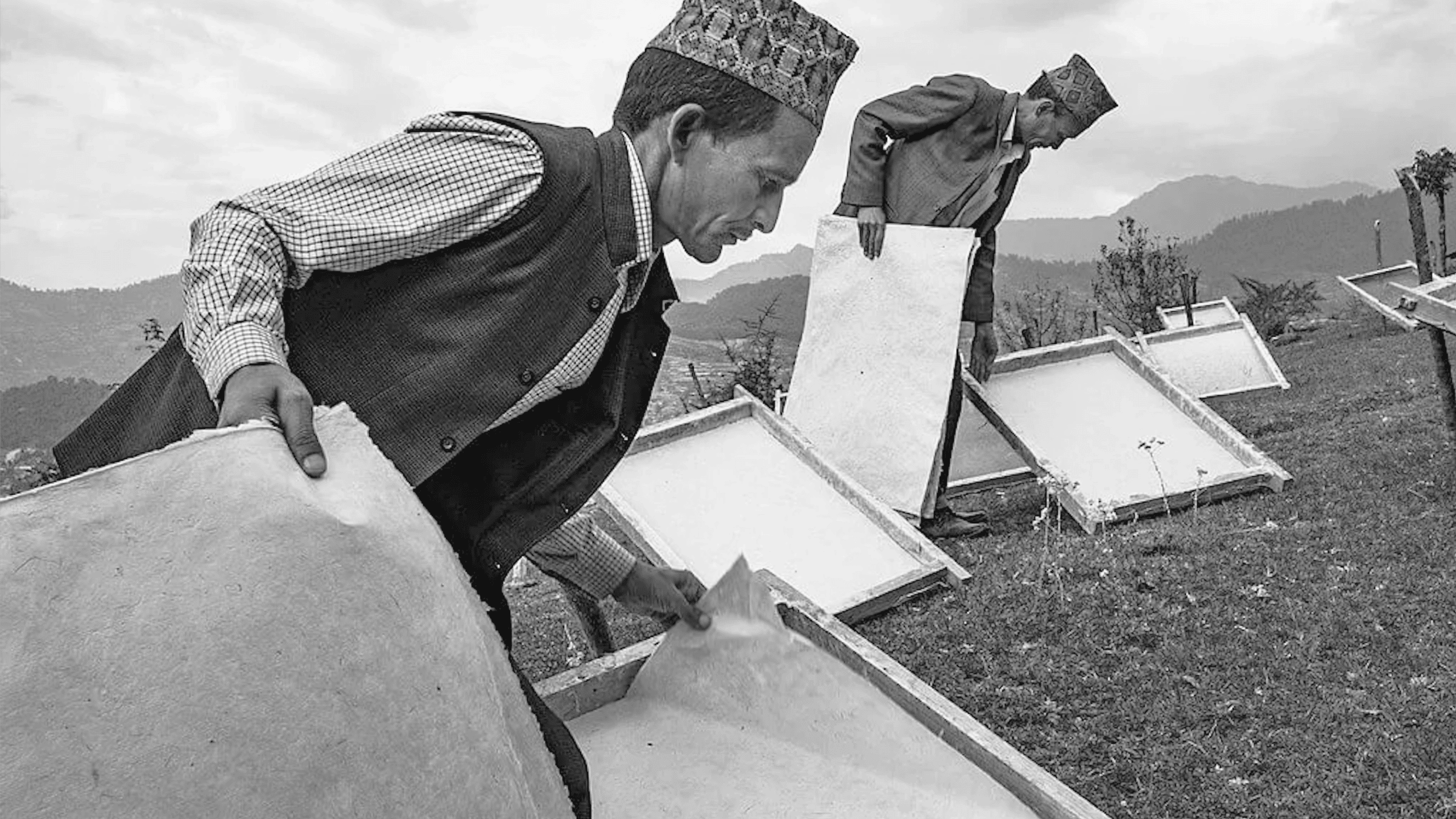The Himalayas are famous for their snow-capped mountains, including 10 of the world’s 14 highest peaks. The region is the largest area of permanent ice outside the North and South Poles and for this reason, it’s called the Third Pole. Although the name “Himalaya” means “the abode of snow” in Sanskrit, the region is warming rapidly in the face of climate change, complicating life for millions of residents.

Life amidst the mountains and valleys of the Himalayas is challenging enough. Residents have adapted to living in one of the driest places on Earth while enduring high altitudes, cold winters, and challenging terrain. Himalayan culture values a close connection with nature, but what happens if the environment is changing too quickly that it challenges a traditional way of life?
Scientific data reveals that the Himalayas are warming faster than the global average. The warming rate has doubled from 0.16 °C per decade in the second half of the twentieth century to 0.32 °C per decade from the beginning of the twenty-first century. This warming trend is also particularly pronounced over the Hindu Kush Himalayas. In fact, at elevations above 4,000 m, the recorded rate of warming is as high as 0.5 °C per decade. Projections indicate that the Himalayas may be 2.6 – 4.6 °C warmer by the end of the twenty-first century.
Beyond rising temperatures, myriad other changes have been observed across the Himalayas. Glaciers, which have shrunk ten times faster over the past four decades than the previous seven centuries, are continuing to retreat. Permafrost is melting, and erratic weather patterns are giving way to more natural disasters like this year’s unprecedented flooding in Pakistan, which has washed away 45% of farmland. Freshwater sources are becoming less abundant and reliable, and growing food is also becoming more challenging for farmers who rely on traditional methods facing desertification.
Consequently, climate change has heavy social, economic, and cultural impacts. Those living in rural villages that are reliant on rain-fed subsistence agriculture face the threat of food and water security, and it becomes increasingly difficult to keep up with traditions like contributing to feasts during festivals. Many families are abandoning their villages for life in larger cities, bringing a gradual end to the traditional way of living. Meanwhile, those living in cities are facing their own unique challenges.

The effects of climate change in the Himalayas will also extend far beyond its mountains, valleys, and cities. The glaciers of the Himalayas are the source of the Indus, Ganges, and Brahmaputra river systems that flow into several Asian countries; these rivers support 129 million farmers and a population of 1 billion people. Furthermore, the peaks of the Himalayas play an important role in maintaining the south Asian monsoon cycle. Changes occurring in the Himalayas are guaranteed to ripple across Asia in numerous ways.
Although climate change poses a major threat to the Himalayan way of life, global awareness about the current situation has increased. Local and international efforts are underway to mitigate the negative impacts of climate change in the Himalayas and beyond. One example of local innovation is the ice stupas invented by Sonam Wangchuk in Ladakh, India. Ice stupas are artificial miniature glaciers that store winter water that would otherwise go unused. They melt gradually in the spring and summer, providing water for agriculture. Community projects like these are a step in the right direction, but global action is required to combat climate change.
“What is going to help us survive, keep us resilient and strong is the fact that we will have each other, and we will be caring for each other,” Dr. Pasang Yangjee Sherpa, an anthropologist at the University of Washington and one of the leading voices in the field of climate change in South Asia, said in an interview. “Care and humanity are going to be the most important things moving forward… each of us will have to do our part.”
Photography by Jonathan Smith
Earth Day – Our Environmental Initiatives
Since 2023, HIMA JOMO has been steadfast in our pledge to plant a tree in the Himalayas for every perfume purchase made, join us in building a lush forest in the heart of the Himalayas with Nepal Evergreen.
The Travelling Jacket
In 2016, five designers from across South Asia came together to create what is now known as the traveling jacket.
The Himalayan Cedar
This majestic tree has captivated the hearts of explorers, poets, and nature enthusiasts for centuries with its enchanting presence, aromatic fragrance, and enduring qualities that make it a symbol of strength and grace.
Earth Day with a Himalayan Kingdom
Earth Day, a cherished moment that comes each year on April twenty-second, is a worldwide communion of hearts, minds, and hands, united in a shared reverence for our planet's splendour.
The blue poppy of the Himalayas
A flower that lives in the seclusion of the nature that surrounds her. Simply known as blue poppy but its colour speaks silent poetry.
Khoma, the Sound of Weaving
A collective thumping sound echoes in the village of Khoma with the wake-up call from their local roasters.
Discover Ladakh: The Land of High Passes
India is known globally for its vibrant and bustling megacities but in its northern reaches lie the mountains and valleys of Ladakh, a name that means land of high passes.
The Power of a Thangka Painting
Thangkas are a distinctly Tibetan form of art centred around religious figures and symbols.
Tibetan Incense Making
It is impossible to envision Himalayan homes and temples without the swirling smoke or aromatic scent of incense.











